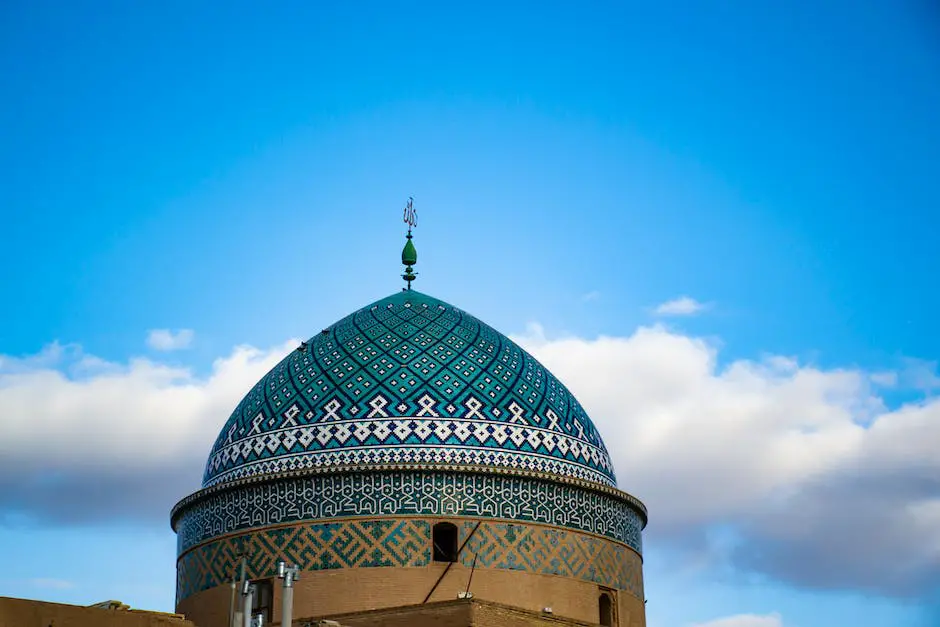
Imagine stepping into a city where the sun bakes the earth, and the wind whispers tales of ancient times. Here, in the heart of Iran, lies Yazd, a place where architecture isn’t just about buildings; it’s a testament to human ingenuity in harmony with nature. Yazd’s architecture, particularly its parks, is a dance of light and shadow, water and wind, reflecting a history that stretches back over a millennium.
Yazd, often referred to as the ‘City of Windcatchers’, is a marvel of desert architecture. Its buildings, constructed with sun-dried mud bricks, rise like mirages from the arid landscape. The city’s parks, though less mentioned, are oases of greenery and coolness, offering respite from the relentless heat. They embody the same principles of design that make the city’s residential and religious structures so remarkable.
The Roots of Yazd’s Architectural Genius
The story of Yazd’s architecture begins with its climate. Situated in one of the driest regions of Iran, the city had to adapt to survive. Early inhabitants developed ingenious methods to combat the heat and aridity. They built underground aqueducts called qanats to bring water from the mountains. This life-giving liquid not only quenched the city’s thirst but also allowed for the creation of lush gardens and parks amidst the desert.
Yazd’s residential architecture is a maze of narrow lanes and high walls, designed to keep out the sun and sandstorms. Homes are built around Central courtyards, where families can enjoy the open air while maintaining privacy. The most distinctive feature, however, is the badgir, or windcatcher. These towering structures capture even the slightest breeze and funnel it into the buildings below, creating a natural air conditioning system.
Yazd Parks: A Green Heart in the Desert
Yazd’s parks are a continuation of this architectural philosophy. They’re not just spots of greenery but are carefully designed to maximize shade, humidity, and coolness. Take, for example, the Dowlat-Abad Garden. It’s not only a UNESCO World Heritage site but also home to the tallest windcatcher in Iran. The garden’s design channels water into elegant fountains and pools, creating a microclimate that is several degrees cooler than the surrounding city.
The parks serve as communal spaces where the principles of ancient Persian garden design—such as symmetry, water, and shade—are on full display. They’re places where architecture and nature embrace, providing a sanctuary for both the soul and the body.
Adapting to Modern Times
As time marched on, Yazd’s architecture evolved. The city has expanded, and modern materials have replaced mud bricks in some new constructions. Yet, the essence of Yazd’s traditional design remains. Contemporary architects in Yazd are blending old techniques with new technologies, ensuring that the city’s buildings remain sustainable in the face of 21st-century challenges.
Modern parks in Yazd continue to reflect the city’s architectural heritage. They incorporate elements like windcatchers and water features into their design, proving that the principles of the past are still relevant today. These spaces are not only beautiful but also serve as a living laboratory for sustainable urban design.
Yazd’s Architectural Influence
The influence of Yazd’s architecture extends beyond its city limits. It has inspired architects and urban planners around the world who are seeking sustainable solutions for hot and arid climates. The city’s approach to natural cooling, water conservation, and community spaces offers valuable lessons for building in harmony with the environment.
Yazd’s parks, in particular, demonstrate how public spaces can be both functional and beautiful. They’re a testament to the city’s commitment to providing its residents with a high quality of life, despite the challenging climate.
FAQs
What makes Yazd’s architecture unique?
Yazd’s architecture is unique due to its adaptation to the desert environment. The use of windcatchers for cooling, qanats for irrigation, and the emphasis on shaded courtyards are all hallmarks of the city’s architectural ingenuity.
How do Yazd’s parks reflect its architectural principles?
Yazd’s parks reflect the city’s architectural principles through their use of water features, windcatchers, and shaded areas to create cool microclimates. They serve as communal spaces that embody the city’s traditional design ethos.
Are there modern buildings in Yazd?
Yes, there are modern buildings in Yazd. While new materials and technologies are used, many contemporary structures still incorporate traditional design elements to maintain the city’s architectural identity and sustainability.
Conclusion
In conclusion, Yazd’s architecture, from its windcatchers to its parks, is a narrative of resilience and beauty. It’s a tale of how a city can thrive in the harshest of environments by embracing its natural surroundings. The parks of Yazd, with their lush greenery and cooling features, are not just places of leisure but symbols of a deep understanding of sustainable living.
As we’ve explored, the evolution of Yazd’s architecture is a journey through time, where the past informs the present, and the present looks to the future. It’s a story that resonates with anyone interested in how our built environment can enhance, rather than detract from, the natural world. For those of us who’ve walked through these parks and felt the cool breeze funneled by a windcatcher, it’s an experience that stays with you, a reminder of the timeless wisdom embedded in the very walls and gardens of Yazd.
So, whether you’re a real estate investor, a homeowner, or simply someone who appreciates the art of living well with nature, Yazd’s architecture offers a blueprint for sustainable design. It’s a legacy that continues to inspire and inform, proving that even in the driest desert, human creativity can bloom.
For those seeking to capture the essence of Yazd Parks’s Architecture in their own spaces or to understand the depth of this ancient city’s design philosophy, there’s no substitute for experiencing it firsthand. But even from afar, we can draw inspiration from Yazd’s shaded courtyards, whispering windcatchers, and tranquil parks—a testament to the enduring power of thoughtful architecture.